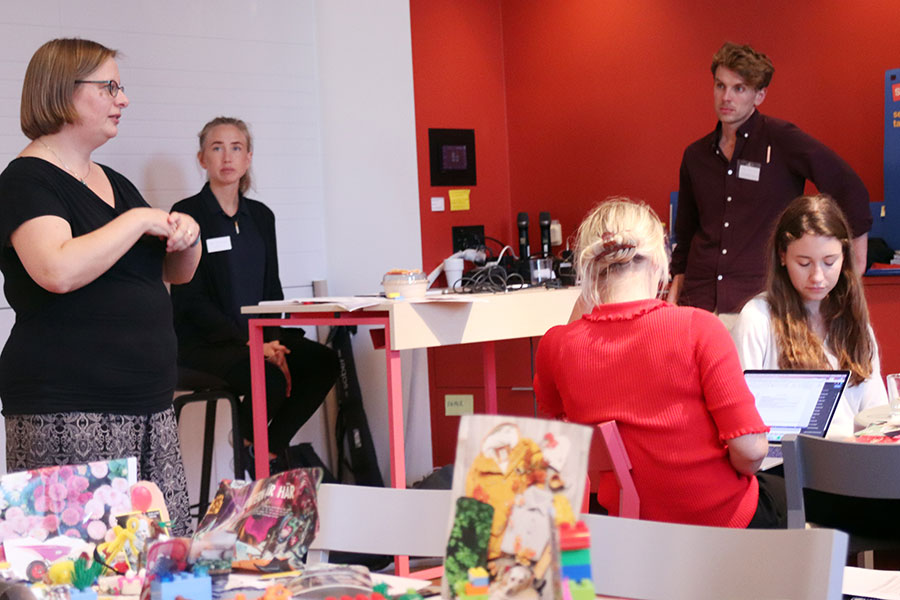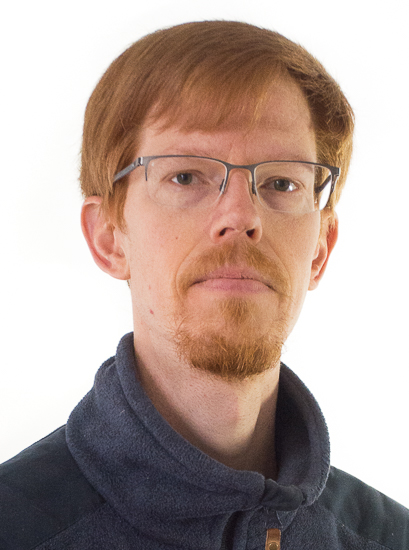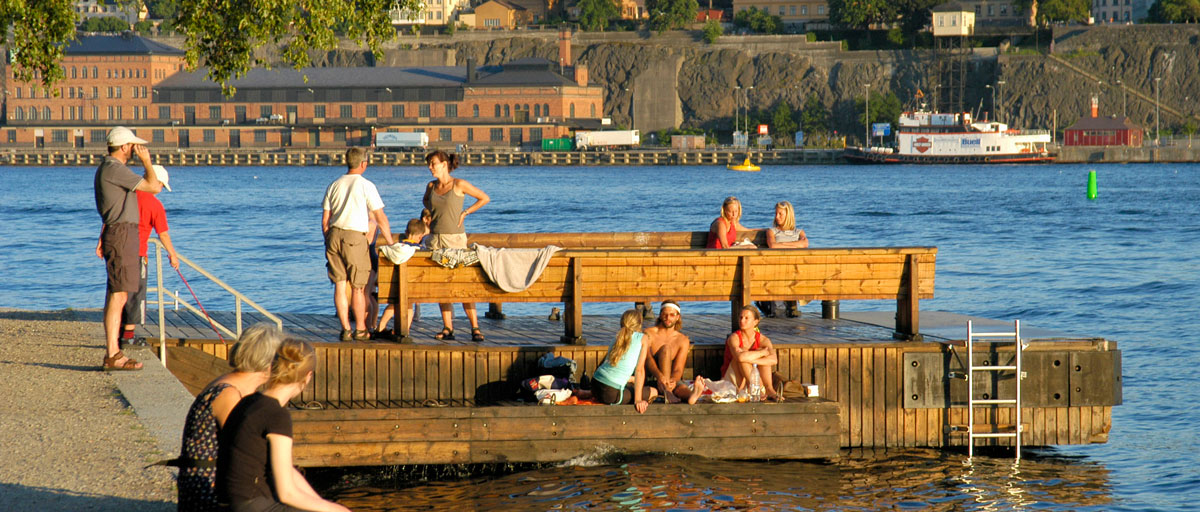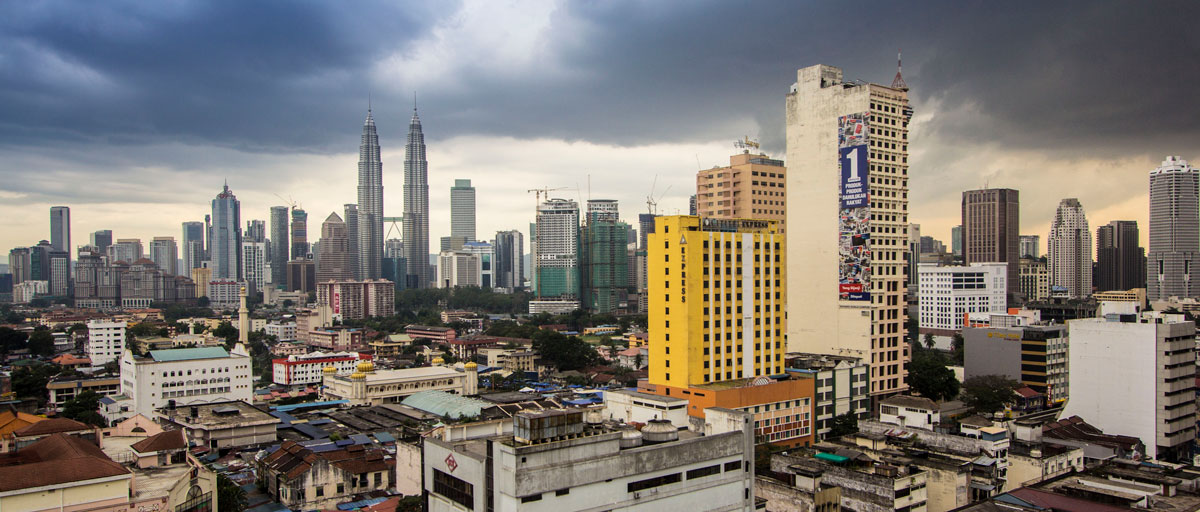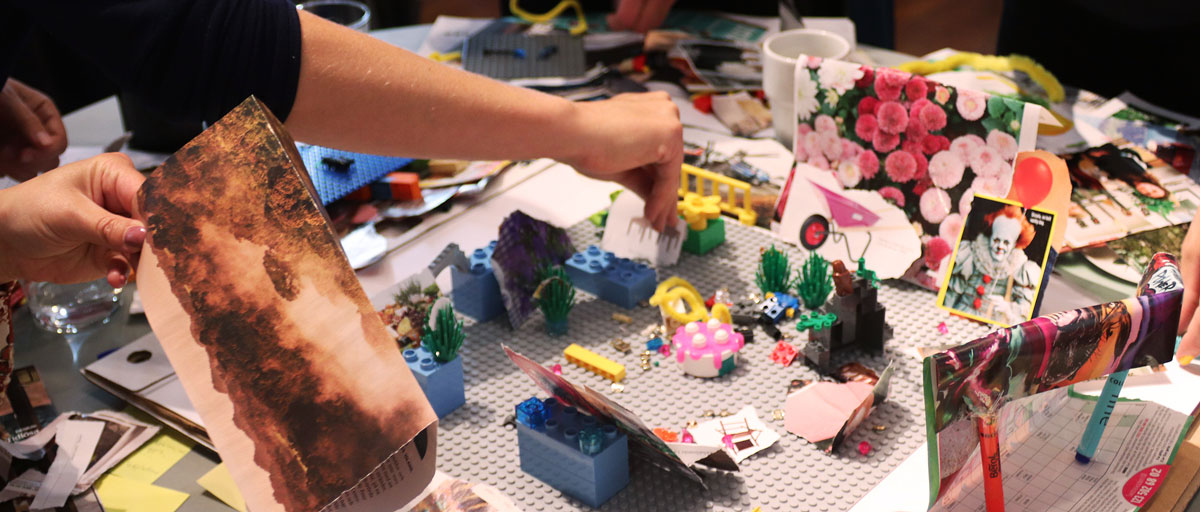
Photo: P. Isaksson
Bildtext får vara max två rader text. Hela texten ska högerjusteras om den bara ska innehålla fotobyline! Photo: B. Christensen/Azote
URBAN SUSTAINABILITY
Forum for a greener Stockholm – conference and dialogue
The conference forum for a greener Stockholm presented key insights from transdisciplinary sustainability research and initiated discussions on how to create a more sustainable city
- The conference offered insights from current research on urban sustainability and liveability and how to turn scientific knowledge into practice
- Researchers presented their work on how to unlock the urban system to enable and strengthen the benefits of urban green and blue infrastructure
- Reflections from the conference emphasised environmental-social justice as a key guiding principle for creating accessible spaces in support of human wellbeing and urban sustainability
Cities are expanding at a rapid pace, which requires innovative ways of remodelling urban morphology and governance to reflect ideas for sustainable urban living. Instead of the current focus on individual areas or sectors, the design of cities should focus on the interactions between built up areas and green spaces, as well as between people and nature.
In support of growing initiatives to help build a sustainable and green future for Stockholm, a conference was held on 12 September 2019 to unite civil society and academia as well as the public and private sectors in this shared vision. A primary theme of the conference was to open up the discussion of how to overcome barriers in knowledge transfer and collaborative efforts, and the role of research in these processes.
The interactive nature of this conference offered a collaborative learning experience, where ideas such as “green and blue infrastructure, resilient multifunctional landscapes and environmental justice” were discussed. These concepts are central to ongoing interdisciplinary and transdisciplinary research projects in Stockholm.
Greening cities
Presenting perspectives on greenery efforts in cities, researchers gave an overview of urban greenery projects and studies during the morning session. Researchers from Stockholm and Berlin’s Humboldt University presented studies ranging from designing institutions public green spaces in the city, to understanding how people relate to these spaces, and how to make them – and their multiple functions – more accessible. The research studies were followed by a European outlook on ongoing activities, presented by ICLEI and IUCN.
Presentations included the ENABLE model, an European project led by centre researcher Erik Andersson (Ensuring a flow of benefits in the urban landscape – the ENABLE model) and a study by centre researcher Johan Enqvist (Recreation and biodiversity in plans, programs and strategies – a case study in Huddinge municipality).
From the Royal Institute of Technology (KTH) and the Department of Physical Geography (SU), projects and studies on green public spaces in Stockholm were presented by, among others, Sara Borgström, Max Rautenberg and Tove Björklund.
The future of urban living
From the initial presentations, the forum moved on to dialogue and workshops. Here, ideas of how to design green spaces in existing urban environments, and how to construct these places in a way where people can receive the benefits of nature were tested and refined.
Reflecting on the insightful discussions that took place, the conference highlighted the importance of current projects and collaborations for ensuring more sustainable cities. Ultimately, the conference revealed the importance of developing a more precise understanding of how and when key research discoveries can be mainstreamed into ongoing planning processes or other activities aiming to shift the city towards sustainability.
